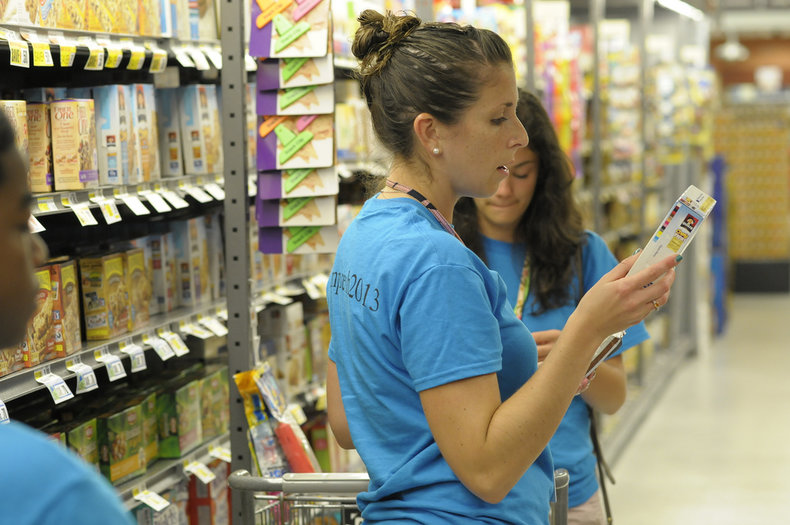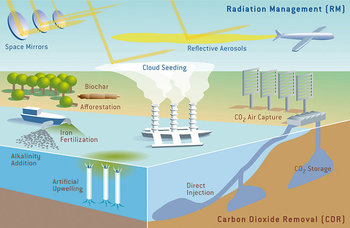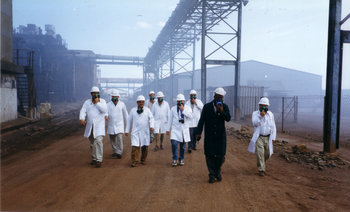
Information
Product transparency such as labeling that allows customers to make their own decisions on issues such as healthy food and environmental practices. Ideally, labels include a link to an extensive product fact sheet that lists ingredients, production methods, chemicals used in production, countries of origin and environmental statistics such as land footprint. Government mandated product labels currently tend to be overly simplistic and may actively avoid the controversial issues that might influence purchases.Standards
Ethical consumer standards that evaluate products for consumers. Products that pass display an easy to identify certification mark. Consumers still need to inform themselves about the standard itself as people commonly make invalid assumptions about what popular certification marks represent.Locus of Control
Many customers who care about environmental issues view it as a gigantic issue that can't be solved with their individual actions. In other words, they are unwilling to act because they view problems as beyond their control.| Overview: Dollar Voting | ||
Type | ||
Definition | Viewing every dollar you spend as a vote that has an impact upon local and global issues. | |
Value | Consumer demand is perhaps the single biggest force that drives change to economies, societies and the environment.In many cases, consumer demand begins to transform an industry decades before government regulations step in. For example, seat belts were a popular option for cars by the mid 1950s. Seat belts weren't mandatory equipment in cars in the United States until 1968. | |
Related Concepts | ||




























